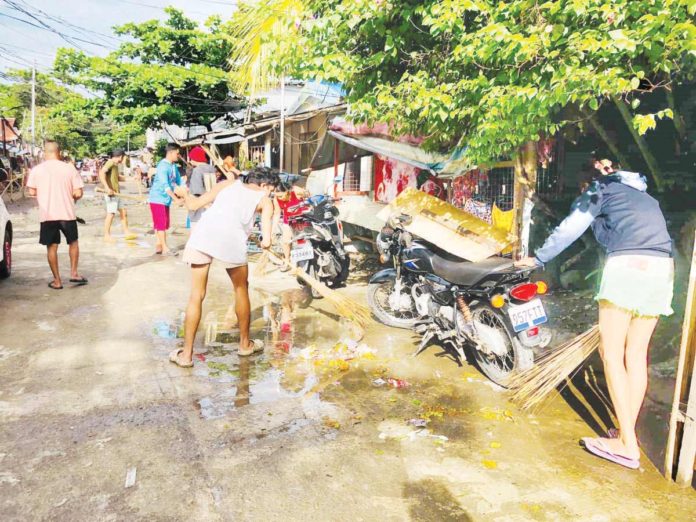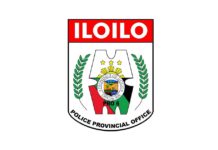
ILOILO – The Iloilo Provincial Health Office (IPHO) has ordered all 1,721 barangays in the province to activate their Barangay Health Emergency Response Teams and Aksyon Barangay Kontra Dengue (ABKD) in response to a rapid increase and clustering of dengue cases.
Dr. Maria Socorro Colmenares-Quiñon, head of the IPHO, stressed the urgency of coordinated efforts to combat the outbreak.
Iloilo has the highest number of dengue cases and fatalities in Western Visayas, she said.
As of the latest update, 31 barangays have been identified with clustering of cases.
Clustering is defined as three or more cases within a four consecutive week period, while a hotspot is characterized by a clustering of dengue cases that shows an increasing trend or includes a dengue-related death.
“We need to unite and cooperate, alert our barangays to activate the ABKD, activate the Barangay Health Emergency Response Teams, conduct patrols, and educate everyone to clean up and eliminate breeding sites both inside and outside the home,” said Quiñon.

From June 22 to June 29, the IPHO recorded 175 new dengue cases, bringing the total to 1,462 cases with five fatalities this year, from January 1 to June 29.
This marks an 89 percent increase compared to the same period last year, which saw 773 cases without fatalities.
Quiñon urged barangay officials to immediately report any increase in dengue cases to the Rural Health Units for prompt case management, which may include indoor residual spraying or fogging.
Dengue fever is a mosquito-borne tropical disease caused by the dengue virus. Symptoms typically begin three to 14 days after infection and may include a high fever, headache, vomiting, muscle and joint pains, and a characteristic skin rash.
In severe cases, dengue can develop into life-threatening dengue hemorrhagic fever or dengue shock syndrome, which can cause bleeding, blood plasma leakage, or even death.
By towns, the barangays with clustering of cases are the following:
* Ajuy – Poblacion (three), Progreso (three), San Antonio (four)
* Anilao – Mostro (seven);
* Badiangan – Poblacion (four), Odiongan (seven), Astorga (five), Sianon three, Sinuagan (three)
* Banate – Magdalo (four)
* Barotac Nuevo – Tabucan (five)
* Barotac Viejo – Vista Alegre (four)
* Bingawan – Poblacion (three)
* Cabatuan – Tabucan (three)
* Calinog – Jamin-ay (six)
* Passi City – Agdahon (eight), Imbang Grande (three)
* Dingle – Tanghawan (four), Tabugon (three), Tinocuan (three)
* Dumangas – Calao (five), Pagdugue (four)
* Janiuay – Jibolo (three), Kuyot (three)
* Lambun ao – Bontoc (five), Pajo (three), Tranghawan (four)
* Maasin – Amerang (nine)
* Oton – Abilay Norte (three), Tagbac Sur (four)
* Pavia – Jibao-an (four)
Quiñon reiterated the importance of the regular practice of the 4S strategy against dengue: search and destroy breeding places; self-protection measures; seek early treatment; and say yes to fogging during outbreaks.
Areas with the highest number of dengue cases so far are Lambunao (107 cases with one death), Passi City (75), Oton (71), Badiangan (69 cases with two deaths), Calinog (68), Miag-ao (57 cases with two deaths), Lemery (53), Dumangas (51), Ajuy (47), and Dingle (45).
Thirty-three more municipalities report cases: Estancia (44), Janiuay (41), Sara (41), Banate (38), Pavia (38), Leon (37), Santa Barbara (36), San Dionisio (34), Barotac Nuevo (33), Cabatuan (33), Barotac Viejo (31), Carles (31), San Joaquin (30), Balasan (28), Maasin (28), Igbaras (26), Concepcion (23), Alimodian (22), Batad (22), Pototan (21), Anilao (20), Mina (19), Leganes (18), Bingawan (16), Duenas (15), Guimbal (15), San Enrique (12), Tubungan (11), San Miguel (10), San Rafael (eight), Zarraga (five), and New Lucena (three)./PN





